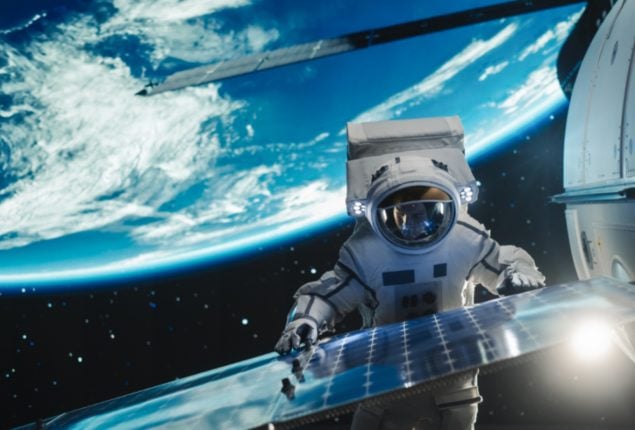

Astronauts face vision problems after returning from Space mission
Astronauts returning from long missions aboard the International Space Station are facing an unexpected and troubling side effect: changes in their vision. According to NASA, nearly 70% of astronauts on extended missions report some form of visual impairment after returning to Earth.
The issue was first highlighted by Dr. Sarah Johnson, who noticed her eyesight had changed after completing a six-month mission. She explained that the text she could read clearly before her launch became blurry once she returned.
This isn’t a one-off case. Astronauts have consistently reported problems such as difficulty reading, blurry distance vision, and other lasting changes to their eyesight even years after returning home.
NASA has identified this condition as Spaceflight-Associated Neuro-Ocular Syndrome (SANS), and it’s quickly becoming one of the most pressing health concerns for astronauts on long-term missions.
Unlike muscle loss or bone density issues, which can be reversed, SANS may lead to permanent vision damage. Scientists believe microgravity plays a key role. On Earth, gravity helps pull bodily fluids downward. But in space, these fluids shift upward, causing facial puffiness and increased pressure inside the skull, which may affect the eyes.
NASA researchers are now working to better understand SANS—and how to protect astronauts on future deep-space missions.







